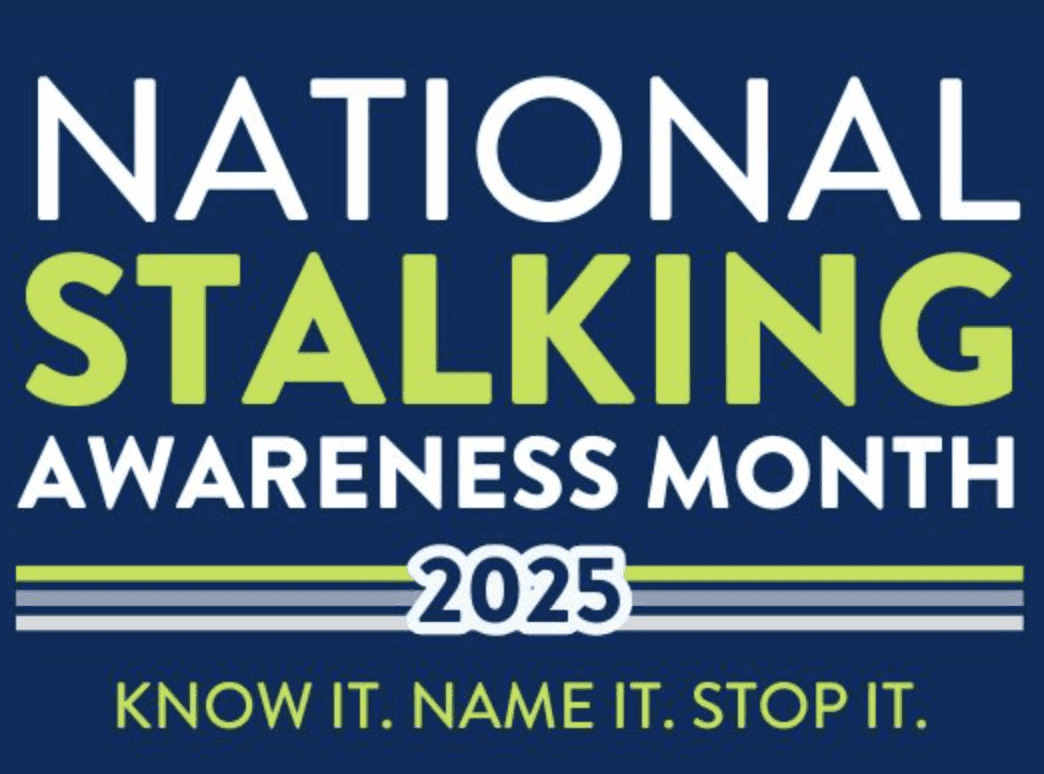Q. What is cardiovascular disease?
A. Cardiovascular disease (CVD) affects the heart and blood vessels, and includes heart disease and stroke. Heart and blood vessel diseases develop over time and occur when arteries that supply the heart or brain with blood slowly develop deposits of cells, fat and cholesterol. This buildup is called plaque. If a plaque develops, bursts or ruptures, a blood clot can form, which can lead to a heart attack or stroke.
Q. How can I tell if I have heart disease?
A. Every woman owes it to herself and her loved ones to learn about the risks of developing heart disease and the signs of a heart attack that are too often missed or ignored. The American Heart Association offers excellent information about the warning signs of a heart attack. For example, some heart attacks are sudden and intense, but most heart attacks start slowly, with mild pain or discomfort. Typical signs and symptoms are: Discomfort in the center of the chest that lasts more than a few minutes, or that goes away and comes back. Uncomfortable pressure, squeezing, fullness or pain in the chest. Pain or discomfort in one or both arms, the back, neck, jaw or stomach. Shortness of breath with or without chest discomfort.
Other symptoms may include breaking out in a cold sweat, nausea or lightheadedness. For more information, visit www.heart.org.
If you or someone you’re with has chest discomfort, especially with one or more of the above signs or symptoms, don’t wait longer than a few minutes before calling for help. Call 9-1-1 or get to a hospital right away.
Q. What can I do to lower my risk of getting cardiovascular disease?
A. There are some risk factors you cannot control, such as increasing age,family history and race. But there are many things you can do to lower your risk. Quitting smoking, getting regular physical activity and maintaining a heart healthy diet are important ways to
lower your risk. To learn about small steps you can take toward better health, visit www.michiganstepsup.org. You’ll find free tools, including a customized Personal Plan, healthy recipes, activity ideas for people of all ages, resources to help you quit smoking, and an online journal to help you track your progress. For a detailed health assessment that you can print and take with you to your next health care provider visit, complete the Personal Plan, then click on
“Health Risk Appraisal.” Regular checkups are also very important, because conditions like
diabetes, high blood pressure and high cholesterol also increase your risk. The only way to tell if you have these conditions is to be tested by a health care professional. If you have high blood
pressure, high cholesterol or diabetes, work with your health care provider to keep these risks under control.
Send questions to Ask the Surgeon General, P.O. Box 1234, Lansing, MI
48056 or email surgeongeneral@michigan.gov (type “Ask the Surgeon
General” in the subject field).



